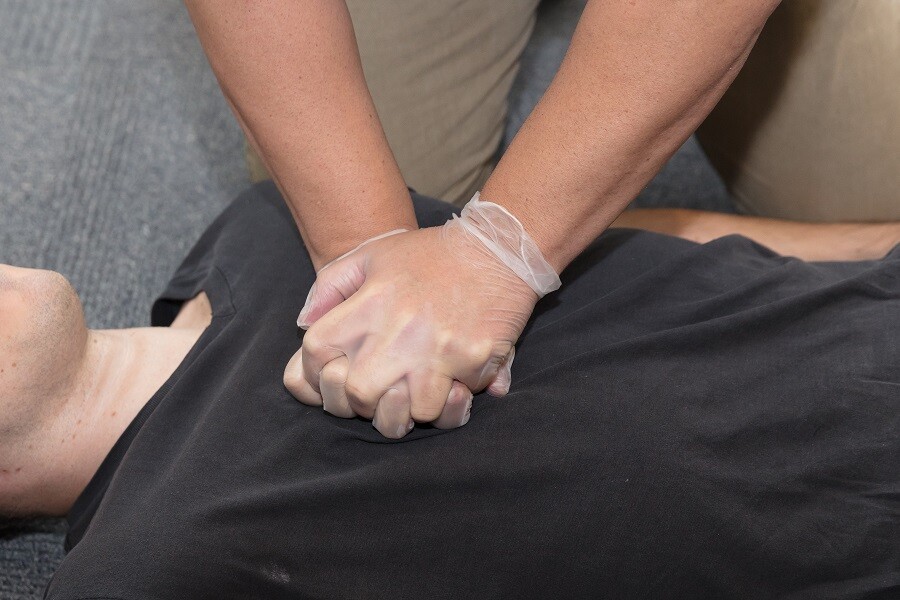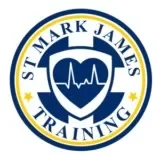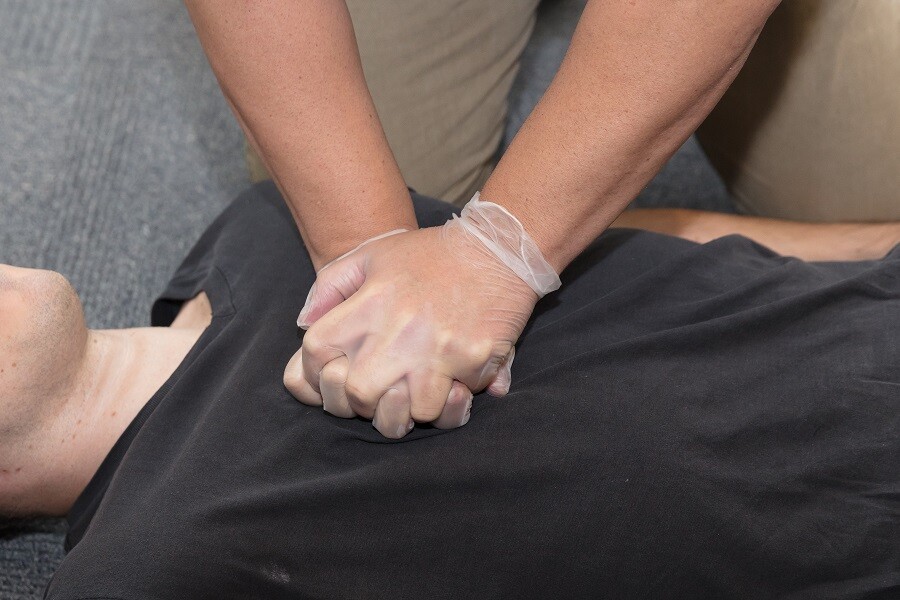It was a special day for the 55-year old physician, Chris Dawkins. It was the first time where he will meet the people who saved his life. In just over two months ago, his heart stopped breathing and was considered clinically dead.
Dawkins just finished a workout at home on his rowing machine when he collapsed from cardiac arrest. He just sat on the bed and lost color and started to slump. He could not recall suffering the heart attack but luckily his wife saw him fall and quickly called 911.
On the other line was a dispatcher who helped coach Fran as she performed CPR. The first responders used all the recommended treatments, including CPR, defibrillation, and advanced medications but nothing was working.

Under normal medical protocols, he would have been declared dead. But on that day, a highly trained team of advanced life support paramedics was dispatched. They specialize in dealing with cardiac arrest and were able to assess that Dawkins was a candidate for a new protocol.
The connected Dawkins to a portable automatic chest compress device called the LUCAS machine which performs CPR uninterrupted while they raced to bring him to St. Paul’s hospital.
Importance of first aid training
Cardiopulmonary resuscitation (CPR) and using an automated external defibrillator (AED) can save a life. Prompt delivery of life-saving techniques improves the chances of survival during emergencies.
For more information about this story, click here to read now.
LEARN MORE
Learn how to help those in need by enrolling in a CPR and AED course and for more information, check out these sources:
Wikipedia – Cardiac Arrest: Causes, Symptoms, and Treatment
Healthline – CPR Techniques and Guidelines for First Aid
Mayo Clinic – First Aid CPR Basics: Understanding Techniques and Procedures

